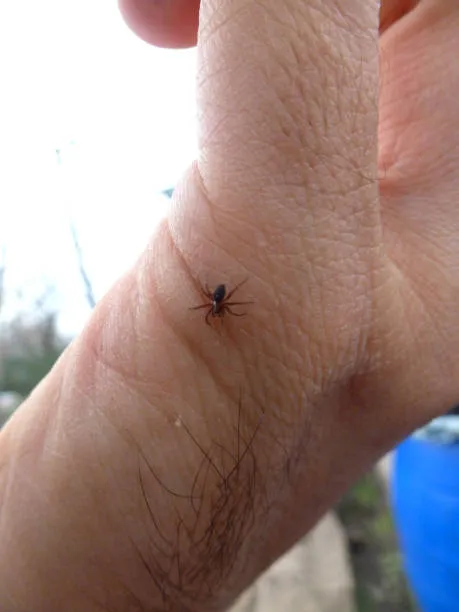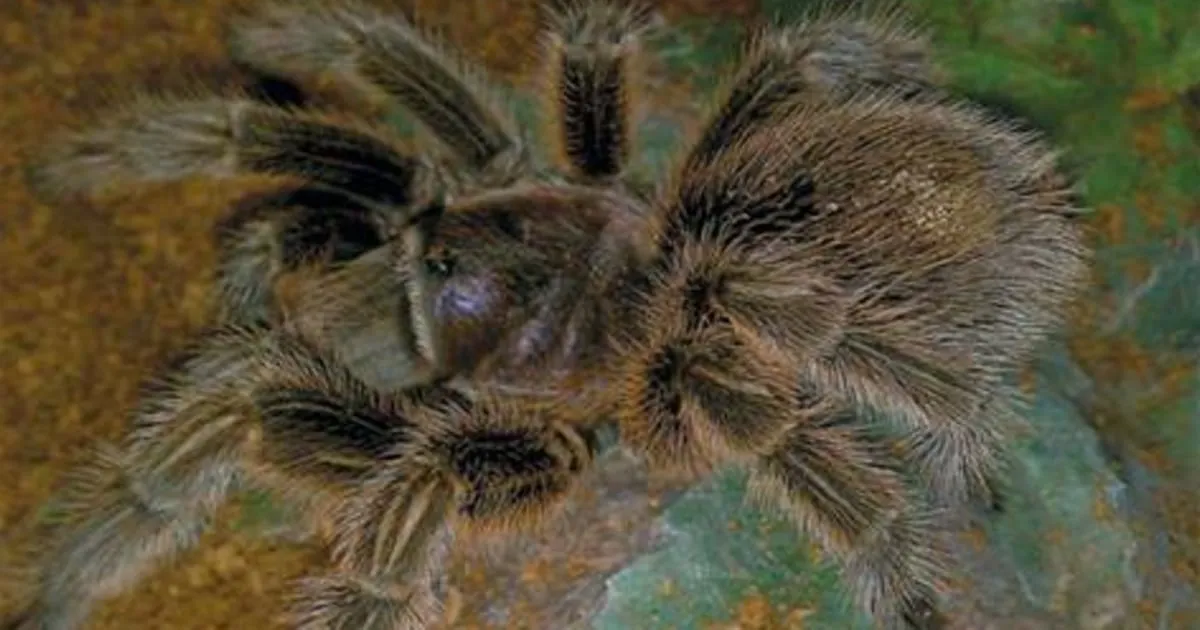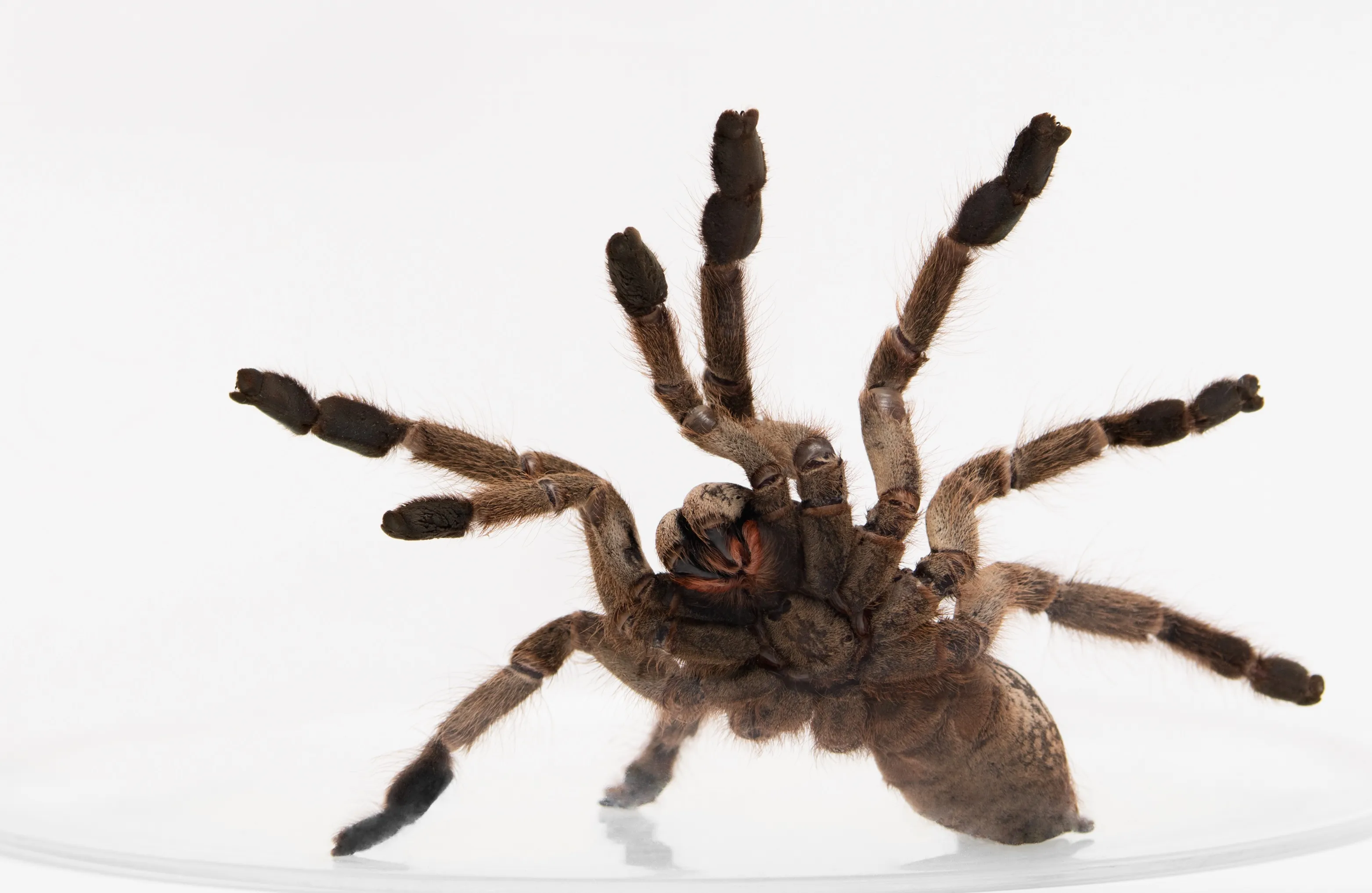Understanding Tarantula Bites
Tarantulas, despite their intimidating size and appearance, are generally not considered highly venomous to humans. However, a tarantula bite can still be a concerning event, causing varying degrees of discomfort and potential complications. Understanding the nature of tarantula bites is crucial for anyone who keeps these spiders as pets, works with them professionally, or lives in an area where they are found in the wild. The severity of a bite depends on several factors, including the species of tarantula, the amount of venom injected, the individual’s sensitivity, and the location of the bite. While most bites are not life-threatening, they can be painful and cause localized symptoms that require proper care and attention. Recognizing the signs and knowing how to respond promptly can make a significant difference in the outcome. Knowledge of the risks and preventative measures is essential to minimize the chances of a bite and to ensure a safe and informed response if one occurs.
What Happens When a Tarantula Bites
When a tarantula bites, it uses its fangs to puncture the skin, injecting venom into the wound. The venom’s primary purpose is not to kill humans but to subdue the spider’s prey. The effects of the bite can range from mild to moderate, with the most common symptoms being localized pain, redness, swelling, and itching at the bite site. Some individuals may experience more severe reactions, such as muscle cramps, nausea, or even difficulty breathing, especially if they have allergies or underlying health conditions. The intensity of the symptoms can depend on the amount of venom injected, as some bites may not involve significant venom release. In addition to the venom, tarantulas have urticating hairs, which they can flick off their abdomens as a defense mechanism. These hairs can cause irritation and itching if they come into contact with the skin or eyes. It’s important to understand that not all tarantula bites result in venom injection, and the effects can vary greatly depending on the specific circumstances of the bite and the individual’s response.
Identifying Tarantula Species

Identifying the species of tarantula involved in a bite can be challenging, but it can provide valuable information for medical professionals. Different species have varying levels of venom potency and may cause different symptoms. Observing the spider’s physical characteristics, such as its size, color, and hair patterns, can help narrow down the possibilities. Consulting field guides, online resources, or local experts can assist in identifying the specific species. If possible and safe, capturing or photographing the spider without putting yourself at further risk can aid in identification. However, it is essential not to prioritize identification over immediate first aid and medical attention. The focus should always be on the well-being of the person bitten, regardless of the spider’s specific type. Accurate identification can assist doctors in determining the appropriate treatment and predicting potential complications. It can also help researchers understand the effects of different tarantula venoms on humans.
First Aid for Tarantula Bites
Immediate Actions to Take
If you or someone you know has been bitten by a tarantula, swift action is essential. The initial steps should focus on ensuring the safety of the person and preventing further harm. Move the person away from the spider to a safe location to avoid additional bites. Stay calm and reassure the person, explaining what has happened and what steps will be taken. If possible, try to identify the spider without putting yourself at risk. Wash the bite area gently with mild soap and water to remove any venom or debris. Remove any constricting items, such as jewelry or tight clothing, near the bite site. Monitor the person closely for signs of a severe reaction, such as difficulty breathing, swelling of the face or throat, or dizziness. Contact emergency medical services or seek immediate medical attention if any of these symptoms appear. These immediate steps can help to minimize the effects of the bite and prepare for professional medical care.
Cleaning the Wound

Cleaning the bite area thoroughly is a critical step in preventing infection and reducing the risk of complications. Gently wash the wound with mild soap and water, ensuring all traces of dirt, venom, and debris are removed. Avoid using harsh chemicals, antiseptics, or rubbing the area vigorously, as this can irritate the skin and worsen the symptoms. After washing, pat the area dry with a clean cloth or towel. If you notice any foreign objects in the wound, such as fragments of fangs or debris, gently remove them with sterilized tweezers. Keep the bite area clean and dry, and avoid applying any ointments or creams unless recommended by a medical professional. Regularly inspect the bite site for signs of infection, such as increased redness, swelling, pus, or fever. If any of these signs appear, seek medical attention promptly. Proper wound care can significantly reduce the risk of infection and promote faster healing.
Applying First Aid
After cleaning the wound, apply basic first aid measures to alleviate symptoms and promote healing. Apply a cold compress or ice pack to the bite site for 10-20 minutes at a time to reduce pain, swelling, and inflammation. Elevate the affected limb to help minimize swelling. Over-the-counter pain relievers, such as ibuprofen or acetaminophen, can be taken to manage pain, following the recommended dosage guidelines. Antihistamines may also be helpful if itching is a significant symptom. Monitor the bite site closely for any signs of infection or a severe allergic reaction. Avoid scratching the bite, as this can increase the risk of infection. Seek medical attention if symptoms worsen or if you experience any signs of a severe reaction. If the bite is in an area where a tourniquet can be applied, medical personnel will do so.
When to Seek Medical Attention
While most tarantula bites do not require medical intervention, it is essential to recognize when professional medical attention is needed. Seek immediate medical care if you experience any signs of a severe allergic reaction, such as difficulty breathing, swelling of the face or throat, dizziness, or loss of consciousness. Also, seek medical attention if you experience persistent or worsening pain, extensive swelling, or signs of infection, such as increased redness, pus, or fever. If the bite occurred near the eyes, mouth, or genitals, medical attention is recommended. If you are unsure about the severity of the bite or have any concerns, it is always best to err on the side of caution and consult with a healthcare professional. Prompt medical attention can help prevent complications, provide appropriate treatment, and offer peace of mind.
Signs of a Severe Reaction

Recognizing the signs of a severe reaction to a tarantula bite is crucial for ensuring timely medical intervention. Symptoms such as difficulty breathing, wheezing, or throat swelling indicate a potential anaphylactic reaction, which requires immediate medical attention. Other signs of a severe reaction include dizziness, lightheadedness, rapid heartbeat, and loss of consciousness. Extensive swelling beyond the bite site, severe muscle cramps, or nausea and vomiting can also be indicative of a serious reaction. If any of these symptoms develop after a tarantula bite, call emergency services or transport the person to the nearest hospital immediately. Time is of the essence in such cases, as delayed treatment can lead to life-threatening complications. Be aware of these warning signs and do not hesitate to seek help if they are present.
Medical Treatments for Tarantula Bites
The medical treatments for tarantula bites vary depending on the severity of the reaction and the symptoms presented. For mild to moderate reactions, treatment typically involves supportive care, such as pain management with over-the-counter medications, cold compresses to reduce swelling, and antihistamines to alleviate itching. In cases of more severe reactions, medical professionals may administer epinephrine to counteract anaphylactic shock. Antivenom is generally not available for tarantula bites, as their venom is not typically considered life-threatening. However, doctors may prescribe antibiotics if there is a risk of infection. Hospitalization may be necessary for individuals with severe symptoms, such as difficulty breathing, to monitor their condition and provide supportive care. The medical team will assess the patient’s condition, provide appropriate treatment, and monitor for any complications.
Preventing Tarantula Bites
Prevention is the best approach to minimize the risk of tarantula bites. If you live in an area with tarantulas, take precautions to avoid encounters. Be cautious when working outdoors, especially in areas where tarantulas are known to be present, such as gardens, woodpiles, or under rocks. Wear protective clothing, including long sleeves, pants, and gloves, when working in potentially infested areas. Avoid reaching into dark or hidden places where tarantulas may be lurking. If you keep tarantulas as pets, handle them with extreme care and follow safety guidelines. Store tarantula enclosures securely to prevent escapes. Educate yourself and others about the potential risks and how to prevent bites. Taking these precautions can significantly reduce the likelihood of a tarantula bite and ensure a safer environment.
Safety Precautions Around Tarantulas

When interacting with or around tarantulas, it is vital to prioritize safety. Avoid provoking or startling the spiders, as this can increase the likelihood of a bite. Never handle a tarantula without proper training and understanding of their behavior. If you keep tarantulas as pets, ensure their enclosures are secure and escape-proof. Keep the enclosures away from children and pets. Regularly inspect the enclosures for any signs of damage or escape routes. When cleaning or maintaining the enclosure, wear appropriate protective gear, such as gloves and eye protection. Handle tarantulas only when necessary and avoid direct contact with the spider’s urticating hairs. Be aware of your surroundings and maintain a safe distance from the spiders. Proper safety precautions can help to minimize the risk of bites and create a safe environment for both humans and tarantulas.
Handling Tarantulas Safely
If you must handle a tarantula, follow specific safety guidelines to minimize the risk of a bite. Handle tarantulas in a controlled environment, such as a terrarium or a confined space. Use appropriate tools, such as a long-handled brush or tongs, to gently guide the spider. Avoid direct contact with the spider’s body, especially the abdomen, where the urticating hairs are located. Be mindful of the spider’s behavior and body language. If the spider appears agitated or defensive, do not attempt to handle it. Always support the spider’s body when handling it to prevent falls. If you are new to handling tarantulas, seek guidance from experienced handlers or breeders. Following these safety measures can make handling tarantulas a safer experience and reduce the risk of bites and injury to both yourself and the spider.
In conclusion, while tarantula bites are rarely life-threatening, it is crucial to understand the risks, know how to treat them, and take preventative measures. Prompt first aid, including cleaning the wound, applying a cold compress, and seeking medical attention when necessary, can significantly reduce the severity of a bite. Preventing bites by taking safety precautions around tarantulas is also essential. By staying informed and being prepared, you can safely coexist with these fascinating creatures and minimize the potential for harm.
